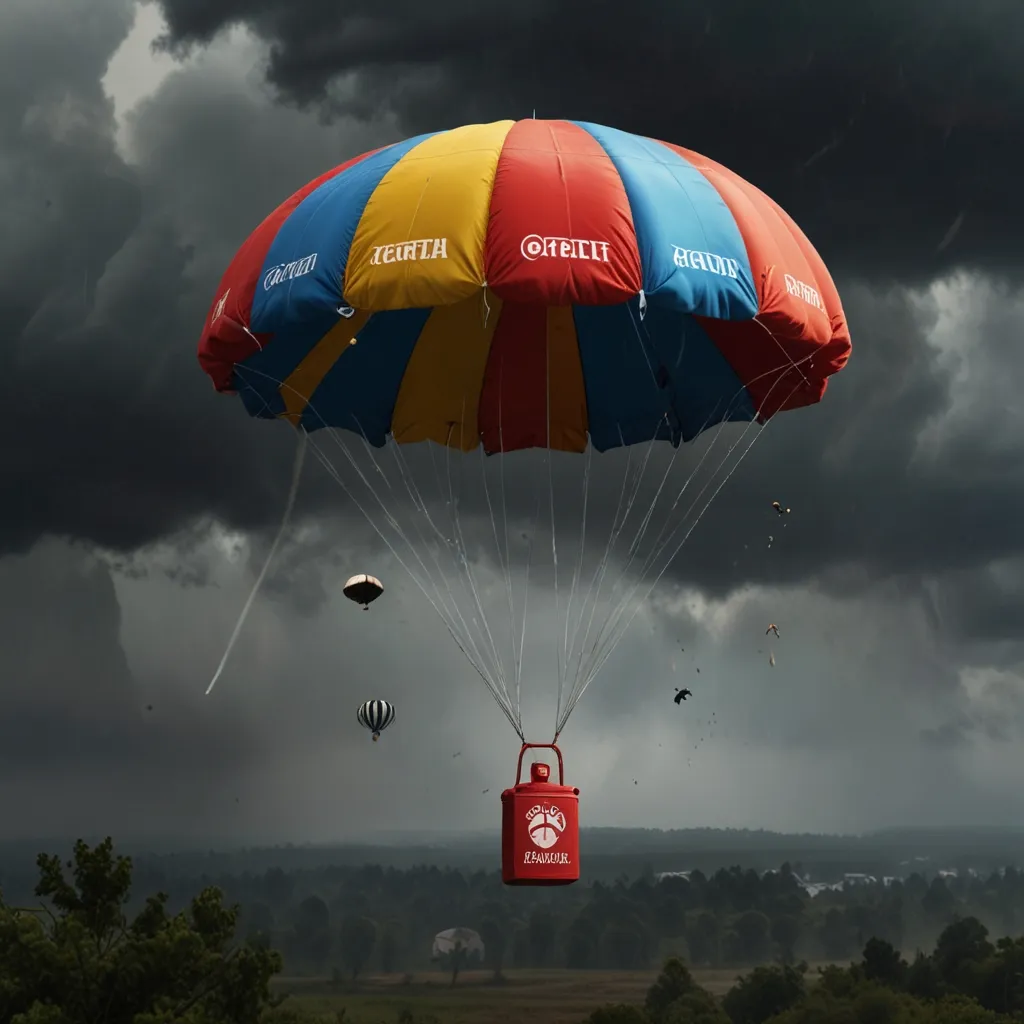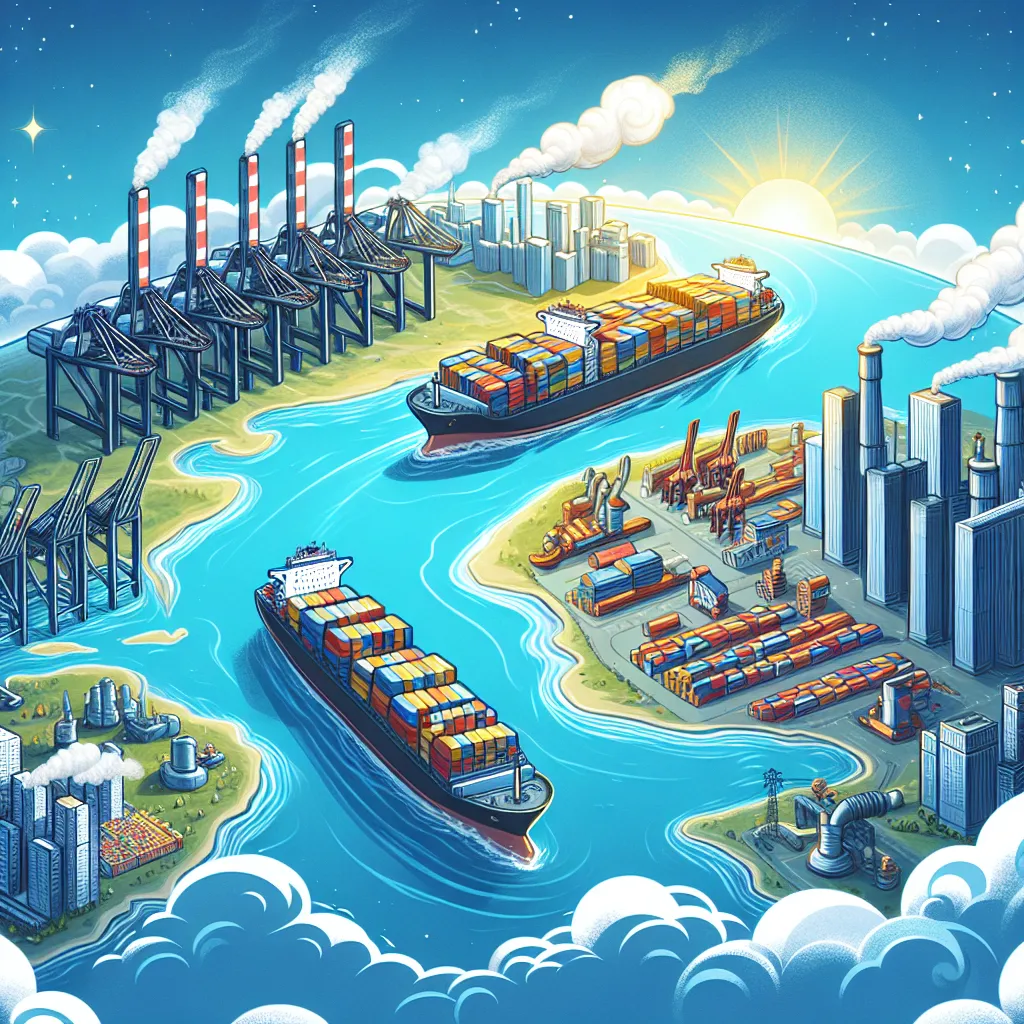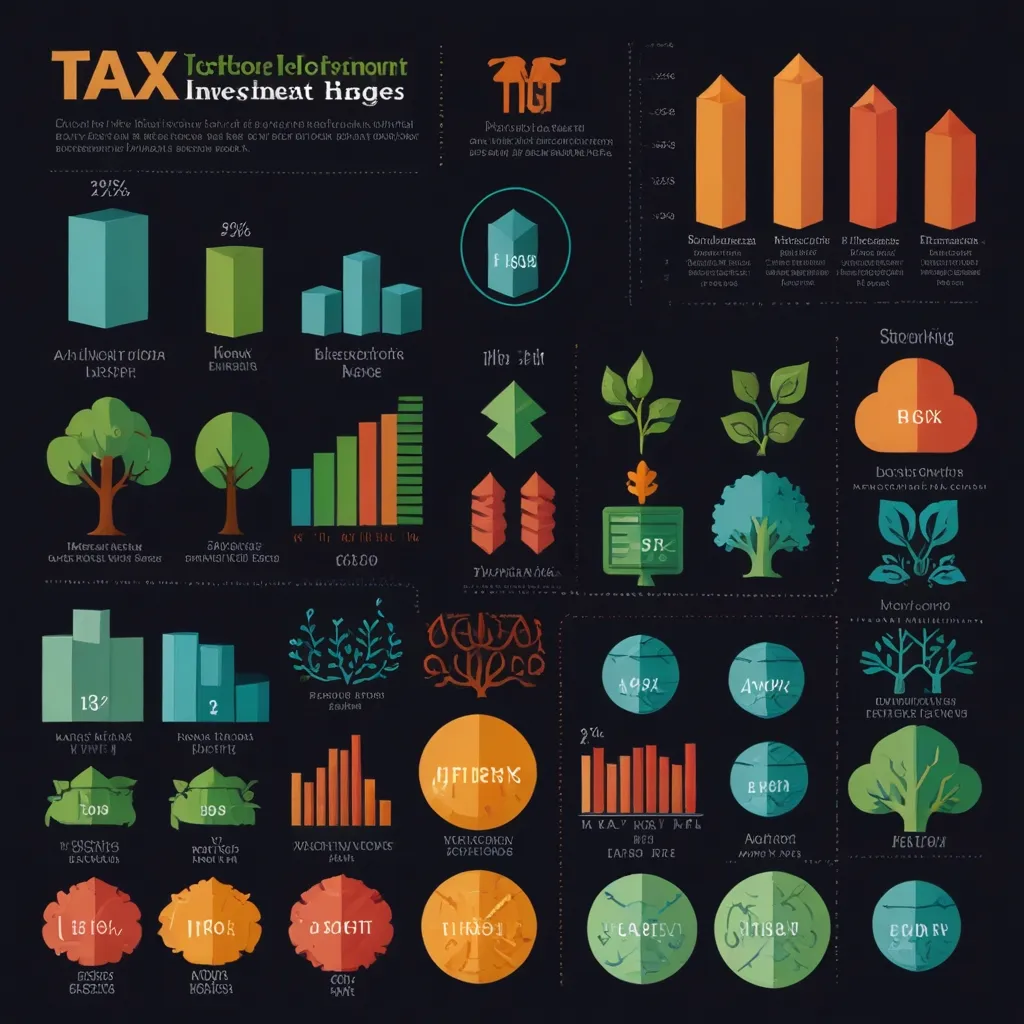Insurance isn’t just a boring financial thing we all have to deal with; it’s actually a pretty crucial part of life. Think of it as that safety net you hope you never have to use but are super glad is there when things go south. Whether it’s for your house, car, health, or even your business, insurance helps you sleep better at night knowing you’ve got some backup when unexpected stuff happens.
So, what does insurance really do? It’s all about protecting folks and communities from huge financial disasters. It sends out signals that help people make smart economic decisions, especially when it comes to risky areas. For example, if you’re eyeing a house in a flood zone, you’ll notice the insurance premiums are sky-high. That’s because it’s a risky bet, and insurance companies want you to know that. So, you can weigh the pros and cons before diving in.
Insurance costs can be a real buzzkill, though, and they don’t just pop out of nowhere. They’re influenced by a bunch of stuff like how and where people are moving, the economy, and, of course, natural disasters. More people are flocking to places with higher risks—think California and Florida with their fires and hurricanes. As a result, the cost to insure homes in these hotspots goes up. It’s all about supply and demand, baby!
Natural disasters throw a big wrench into the whole insurance game. Wildfires, floods, and windstorms seem to be getting more intense and frequent, making it tough for regular insurance companies to handle. Enter reinsurance, which is like insurance for the insurance companies. This helps them survive financially after a big disaster. But even reinsurance is feeling the pinch. The more common and severe these natural events get, the pricier it becomes to cover them.
To keep up with all these changes, insurance companies are turning to some serious tech. Things like AI and machine learning are now hot commodities. They help predict risks more accurately, which means premiums can be set more appropriately. So, if a catastrophe model gets an update because of a recent event, it can give a better risk estimate for future contracts.
Speaking of updates and new stuff, the insurance industry is seeing some cool new trends. Parametric insurance is one of them. Instead of paying out based on actual losses, it dishes out cash based on set conditions, like specific weather events. It’s quicker and great for communities that often get hit hard by such disasters. Also, insurance is expanding to cover new kinds of risks, like cyber threats and downtime from cloud service outages.
The cost of insurance isn’t just an industry problem; it’s also a consumer headache. Rising premiums are making some folks, especially the younger crowd, think twice about getting insurance at all. This is really noticeable in car insurance. New vehicle tech and inflation are pushing repair costs up, and electric vehicles aren’t helping—those babies are expensive to fix, driving premiums through the roof.
Regulations and new laws are in the mix to help tackle some of these issues. There are efforts to make communities more resilient and to reform tort laws to fight legal system abuse. All this is aimed at reducing losses and keeping insurance viable for everyone.
Insurance is more than just a big deal for the individual; it’s crucial for the entire economy. When insurers take a big financial hit, it ripples out, affecting property owners, lenders, and local governments. Look at places like Louisiana. They’ve been hammered by bad weather, making real estate development tough and even pushing people to move away. This can have national economic implications if it keeps up.
Many people don’t really get how important insurance is or how it works. Insurers are on a mission to fix that. They’re partnering with government agencies and providing tons of resources to educate the public. The goal? To get people to see the value of proper coverage and how to manage risks better.
Looking forward, the insurance industry is set to keep evolving. Customer focus is becoming the name of the game, and technology is the MVP. With AI playing a bigger role, insurers are not just assessing risks better but helping clients reduce them too. Munich Re, for example, is even offering policies to cover financial losses from AI failures. Talk about keeping up with the times!
The specialty insurance market is also on fire—thanks to more frequent and severe disasters and the need for tailored coverage. This market is expected to skyrocket from $81.5 billion in 2022 to $130.1 billion by 2027. Europe is currently the top dog in this market, but other regions are getting in on the action too.
At the end of the day, insurance is a key piece of the financial puzzle. As the challenges from natural disasters, economic changes, and tech advances grow, the industry has to stay on its toes and keep innovating. Understanding what drives insurance costs and staying updated on trends can help consumers make smart choices about their coverage. Insurance isn’t just an annoying bill to pay; it’s a critical tool for keeping your finances steady in this ever-changing world.






